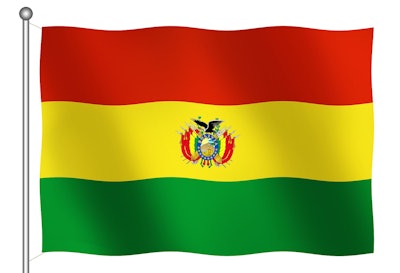
With no new detections of highly pathogenic avian influenza (HPAI) in Bolivia, and all depopulation and disinfection procedures successfully completed, the HPAI situation in the South American country is considered resolved, the World Organisation for Animal Health (WOAH) reported.
Since the virus was first detected in Bolivia in January 2023, 19 flocks in the country had been affected by an H5N1 variant of HPAI, involving nearly 591,000 head of poultry. The country’s most recent case was confirmed on March 20, according to the WOAH report.
While some of the cases were merely identified as “commercial poultry,” the majority of the premises affected involved egg laying operations. WOAH also identified one outbreak as involving “commercial fattening poultry,” and one as a backyard farm.
“A containment zone was established in the metropolitan area of Cochabamba including all reported outbreaks in poultry and some epidemiologically linked backyards. The destruction of all dead birds and of all birds culled in each outbreak was applied. The outbreaks were resolved after complying with the established periods and procedures for lifting quarantine measures; two incubation periods were waited in each premises and environmental samples were taken from facilities and equipment of affected poultry premises prior to lifting the measures. Since the disinfection of the last outbreak in poultry, epidemiological surveillance has not detected any new outbreaks of HPAI in unvaccinated poultry. Surveillance in HPAI vaccinated poultry populations in the containment zone includes clinical examination of poultry and collection of samples for molecular testing; additional information on surveillance for reinstatement of status will be provided in the self-declaration,” the WOAH report stated.
On the same day the WOAH issued a report on the HPAI situation on Bolivian poultry, it issued another report concerning non-poultry. There were 639 domestic birds and four wild birds involved. WOAH also determined the situation involving non-poultry to be resolved.



















